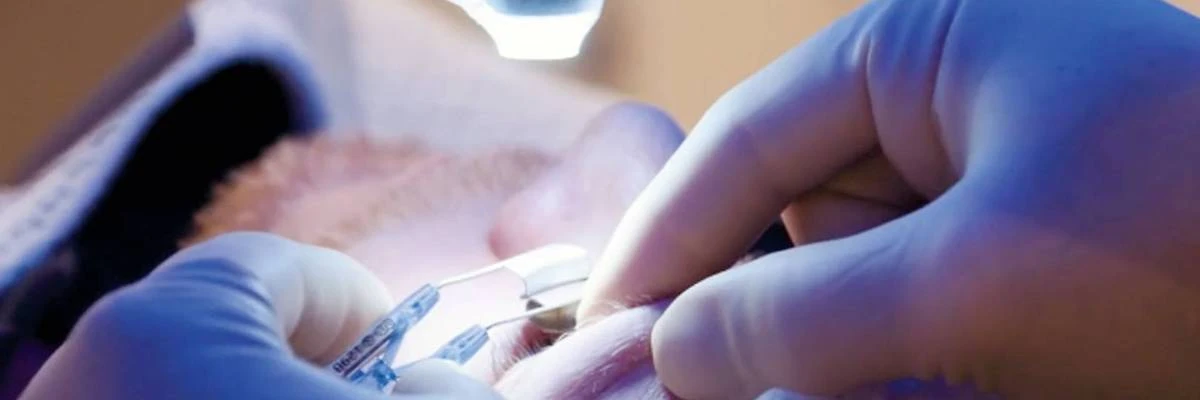Everything You Need to Know About What Happens During LASIK Eye Surgery
personalEYES | 6 Jun 2019

LASIK, short for laser-assisted in situ keratomileusis, is the most common form of laser eye surgery used to correct hyperopia (farsightedness), myopia (nearsightedness) and astigmatism. It is a cutting edge procedure, short and relatively painless it is performed in less than half an hour and often sees improvements to vision within a day, allowing you to discard glasses and contact lenses forever.
LASIK is a form of refractive surgery, which uses a laser to reshape the cornea, or the clear front part of the eye. This allows light travelling through the eye to be properly directed to the retina- correcting your vision in much the same way that glasses and contact lenses would, but permanently.
PREPARING FOR LASIK SURGERY
During your initial exam your doctor will evaluate whether you are a good candidate for laser eye surgery, including assessing the relative health of your eye. In order to ensure the success of this exam you should avoid wearing contact lenses for four weeks before the visit as they can temporarily change the shape of the cornea.
The day before surgery you should stop using any facial products like creams or makeup as they might increase the risk of irritation and infection.
On the day of the surgery you should arrange transport from the clinic as medicine or temporary blurry vision may impair your ability to drive or catch transport alone.
DURING LASIK SURGERY
LASIK laser eye surgery is relatively painless and should be completed in approximately 30 minutes for both eyes. During LASIK eye surgery you can expect:
Numbing drops to be applied to the eye before surgery begins to help prevent possible discomfort. If you are particularly nervous you may be offered some medication to help you relax and allow the surgery to go smoothly.
The area around your eye will be cleaned and a lid speculum will be used to hold your eyelids open.
The doctor will then use a blade called a microkeratome to create a flap in the cornea. To do this a suction ring will be applied to your eye to create pressure and keep your eye from moving. You may feel some discomfort during this process.
Once the flap in the cornea is created a computer will be used to adjust the laser that will reshape your cornea. You will be asked to look directly at a target light while the laser corrects your vision. This process is painless however you might feel some pressure and hear a clicking sound coming from the machine as the laser works. People have also reported smells similar to that of burning hair.
After your cornea is reshaped the flap will be placed back into position and you will be given an eye shield to prevent you from rubbing it and to protect it from trauma.
At this point you will be allowed to go home and will come back for an appointment in 24 to 48 hours to ensure the success of the surgery.
After the surgery your eyes may feel temporarily itchy or irritated and your vision will most likely be blurry. Quite rapidly however you should begin to see positive results. Patients often describe improvements to their vision within 24 hours, with their best vision achieved within a month.



